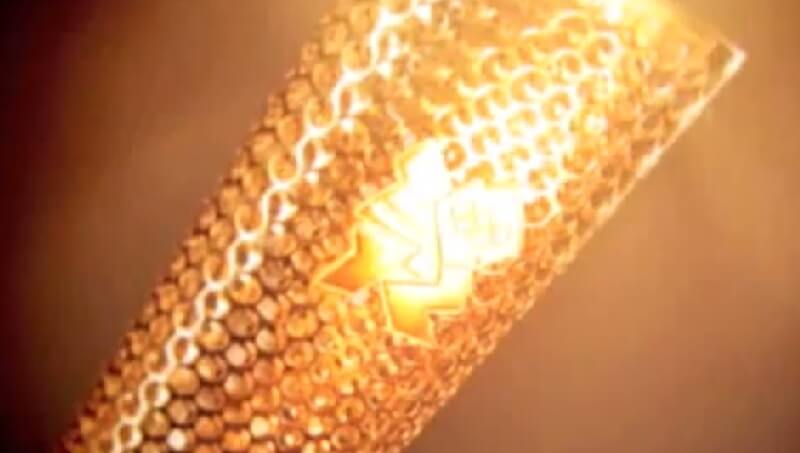KEY INFORMATION
Recommended age group: 7–18
Time required: one to two 45–60 minute sessions
Equipment: History of the Olympic Games information sheets, film (optional).
ACTIVITY IDEA
Learn all about the fascinating history of the Olympic Games, including the differences between the ancient and modern Olympic Games; the symbols, mascots and ceremonies associated with the Games; the Torch Relay and the Olympic Truce. There are also lots of amazing historical facts to discover and explore about the Games.
Inspire your students to find out more through History projects, assemblies, presentations and the fact files below. They are all designed to provide you with basic background information, which you may wish to use when planning a project. You could also print the sheets and incorporate them into wall displays or presentations.
Try out some of these ideas, using the fact sheets in the classroom, to get you started.
- How many differences can the pupils find about the ancient Olympic Games compared with the modern Games?
- Watch the Olympic torch video – when did the tradition of the torch relay start? What meaning does the relay have through history and today?
- Create an assembly about the Olympic Truce which the students could present to their peers. You could watch the Olympic Truce video in the film bank.
- Make up a quiz about the history of the Olympic Games, and challenge another class to find the answers.
- London 2012 is now history. Write/draw/talk about the top 10 best things about it. Make your own 'London 2012 – amazing facts' sheet.
DIFFERENTIATION
For younger students, select a fact file to focus on as a reading task. Focus students research on a specific area of the Olympic Games – for instance, what new sports have been added since the first Games, or since London 2012? Older or more able readers will be able to use the sheets independently as part of their project. You could also print the sheets out to incorporate in wall displays or presentations.

